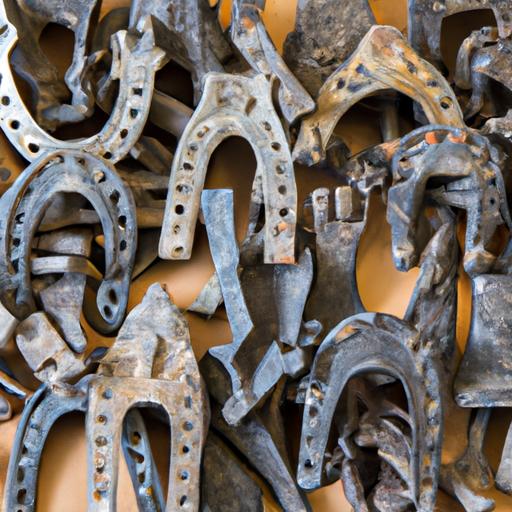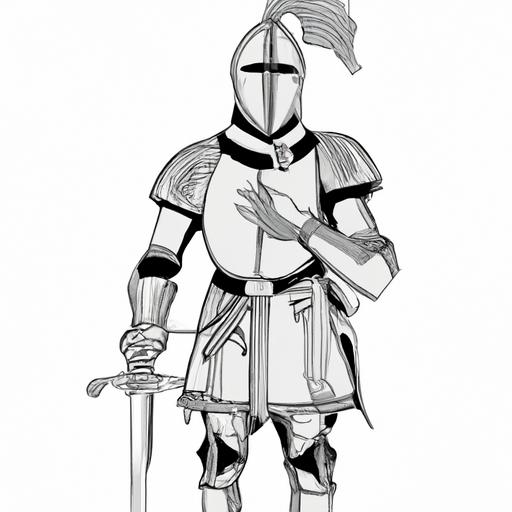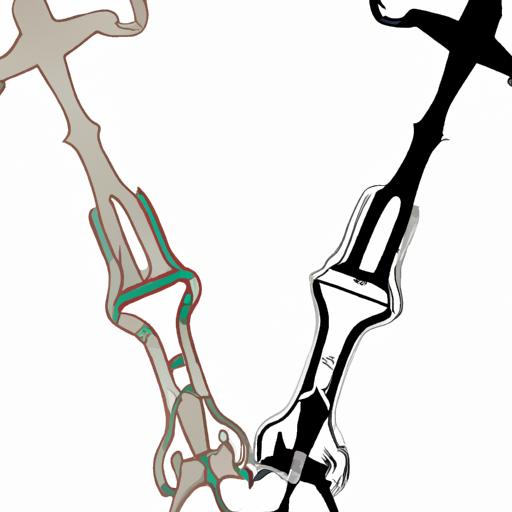Delve into the captivating horse spurs history, exploring their evolution in equestrian sports and the controversies surrounding their use in competitions.
Introduction

Spurs: a small yet mighty tool that has shaped the world of horse riding for centuries. Have you ever wondered about the intriguing history behind these seemingly ordinary accessories? In this captivating journey, let’s explore the captivating tale of horse spurs and unearth the invaluable knowledge they hold.
A. What are horse spurs?
Horse spurs, a quintessential part of equestrian equipment, are metal devices worn on the heels of riders’ boots. These ingenious contraptions serve as an extension of the rider’s leg, enabling them to communicate subtle commands to their equine companions. But there’s more to these seemingly utilitarian tools than meets the eye.
B. Importance of understanding the history of horse spurs
Understanding the captivating history of horse spurs not only grants us insight into their evolution but also offers a profound appreciation for the artistry and craftsmanship of our equestrian ancestors. By delving into the past, we can comprehend the significance of spurs as symbols of status, power, and skill throughout different eras. Moreover, unraveling the tapestry of their history allows us to reflect on the ethical considerations surrounding their usage in modern equestrian practices.
The adventure awaits as we embark on this enthralling journey through time, exploring the fascinating origins and the enduring legacy of horse spurs. So, saddle up and let’s unveil the secrets they hold!
Early Origins of Horse Spurs

A. Ancient civilizations and their use of spurs
As we journey back through time, we find that the use of horse spurs dates back to ancient civilizations. The ancient Greeks, for instance, recognized the value of spurs in enhancing communication with their equine companions. They crafted spurs with great precision, enabling riders to convey commands effortlessly. Similarly, the Romans embraced the concept of spurs, incorporating them into their military tactics and equestrian pursuits. These early civilizations understood the significance of spurs in establishing a harmonious bond between rider and horse.
B. Evolution of spurs in different regions
Just as cultures evolved, so did the design and purpose of horse spurs. Moving across different regions, we witness the diverse evolution of spurs. In medieval Europe, spurs became emblematic of knighthood, signifying a warrior’s prowess and chivalry. The spurs of this era were intricately decorated, showcasing the craftsmanship and artistry of the time. Meanwhile, in the East, spurs adopted a distinct form, with curved shanks and rowels, reflecting the unique equestrian traditions of the region.
The history of horse spurs is a testament to the human desire to improve our connection with these majestic creatures. From the ancient civilizations that laid the foundation to the regional variations that emerged over time, each chapter in the story of spurs adds depth to our understanding of their significance. Join me as we continue our voyage, delving into the captivating world of spurs in the medieval era and their symbolic role as a knight’s prized possession.
Medieval Era: Spurs as Symbols of Knighthood
A. Role of spurs in chivalry and feudalism
Ah, the illustrious medieval era, where knights reigned supreme and chivalry was the code of conduct. In this age of honor and valor, spurs played a pivotal role in the intricate tapestry of knighthood. These metal adornments held a deeper significance than mere practicality; they symbolized the very essence of a knight’s identity.
When a squire was deemed worthy of knighthood, the ceremony included the “dubbing,” where the new knight would receive his spurs. This act was not only a mark of achievement but also a symbol of the knight’s commitment to uphold the virtues of loyalty, bravery, and honor. Spurs were a tangible representation of the knight’s status and the responsibilities that came with it.
B. Different types of spurs used by knights
Within the realm of knighthood, a variety of spurs emerged, each boasting its unique design and purpose. The choice of spurs often reflected the knight’s personal style and the demands of his battlefield role. For instance, the “rowel spurs” featured a rotating wheel-like attachment, allowing knights to exert precise control over their steeds during swift maneuvers in combat. On the other hand, “prick spurs” were shorter and sharper, designed for swift and direct communication with the horse.
Furthermore, the intricacy and embellishment of spurs evolved as a reflection of the knight’s social standing. Wealthier knights often adorned their spurs with lavish engravings, gemstones, and intricate patterns, showcasing their affluence and elevated status. These decorative spurs were not only functional but also served as a symbol of prestige and nobility.
As we journey further into the annals of history, we will witness the evolution of spurs in the Renaissance era, where their design transformed into a captivating art form. So, prepare to be enthralled as we delve into the realm of decorative spurs and the artistic revolution they heralded.
Renaissance and the Development of Decorative Spurs
A. Influence of art and fashion on spur design
During the Renaissance, a period marked by a flourishing of art and culture, horse spurs underwent a remarkable transformation. The influence of artistry and fashion on spur design became evident as craftsmen infused their creations with intricate details and exquisite embellishments. Just like a skilled painter meticulously adds brushstrokes to a canvas, these artisans turned simple spurs into works of art.
The Renaissance era saw an explosion of creativity, and spurs were no exception. Craftsmen drew inspiration from the opulent and ornate styles of the time, incorporating elements such as filigree, engravings, and gemstones into their designs. The result was a dazzling array of decorative spurs that not only served their practical purpose but also became coveted fashion accessories.
B. Spurs as status symbols during the Renaissance
Beyond their aesthetic appeal, spurs during the Renaissance held significant symbolism. In a society driven by hierarchy and social status, the possession of elaborate and luxurious spurs became a statement of wealth and power. Nobles and aristocrats adorned their boots with extravagant spurs, showcasing their elevated positions in society.
These ornate spurs were not merely functional tools but rather a reflection of one’s status and influence. They became an essential accessory for the elite, serving as a visual representation of their prestigious lineage. The intricate craftsmanship and lavish materials used in these spurs became a tangible testament to the wearer’s wealth and social standing.
As we delve into the history of horse spurs, the Renaissance era stands as a testament to the enduring impact of art and fashion on equestrian equipment. The evolution of decorative spurs during this period not only epitomizes the creativity and craftsmanship of the time but also sheds light on the societal values and aspirations of the Renaissance society. Join me as we continue our journey through time, unraveling the captivating saga of horse spurs and the stories they tell.
Conclusion
As we reach the end of our journey through the captivating history of horse spurs, we find ourselves in awe of the legacy they have left behind. From their humble beginnings in ancient civilizations to their symbolic significance during the medieval era, and their evolution as decorative accessories during the Renaissance, horse spurs have truly stood the test of time.
Throughout this exploration, we have discovered the intricate connection between spurs and the world of equestrian sports. The evolution of spurs in different horse riding disciplines has showcased their adaptability and functionality. From subtle communication aids to precision instruments, spurs have played a vital role in enhancing the rider’s control and finesse.
However, it is important to acknowledge the controversy surrounding the use of spurs in modern equestrian competitions. While some argue that spurs are necessary for effective communication with the horse, others express concerns about their potential for misuse and harm. It is crucial for riders and trainers alike to prioritize the welfare and well-being of the horse, ensuring the ethical and responsible use of spurs.
In conclusion, the history of horse spurs is a testament to the enduring relationship between humans and horses. By understanding and appreciating the evolution and significance of spurs, we can continue to cultivate a respectful and harmonious partnership with our equine companions. So, let us embrace the knowledge we have gained and continue to honor the timeless legacy of horse spurs.
Horsemasterypro.com


